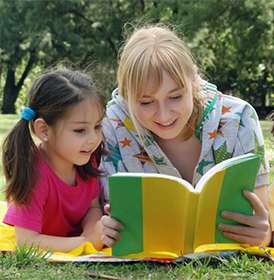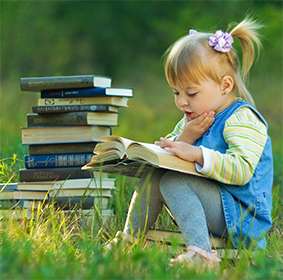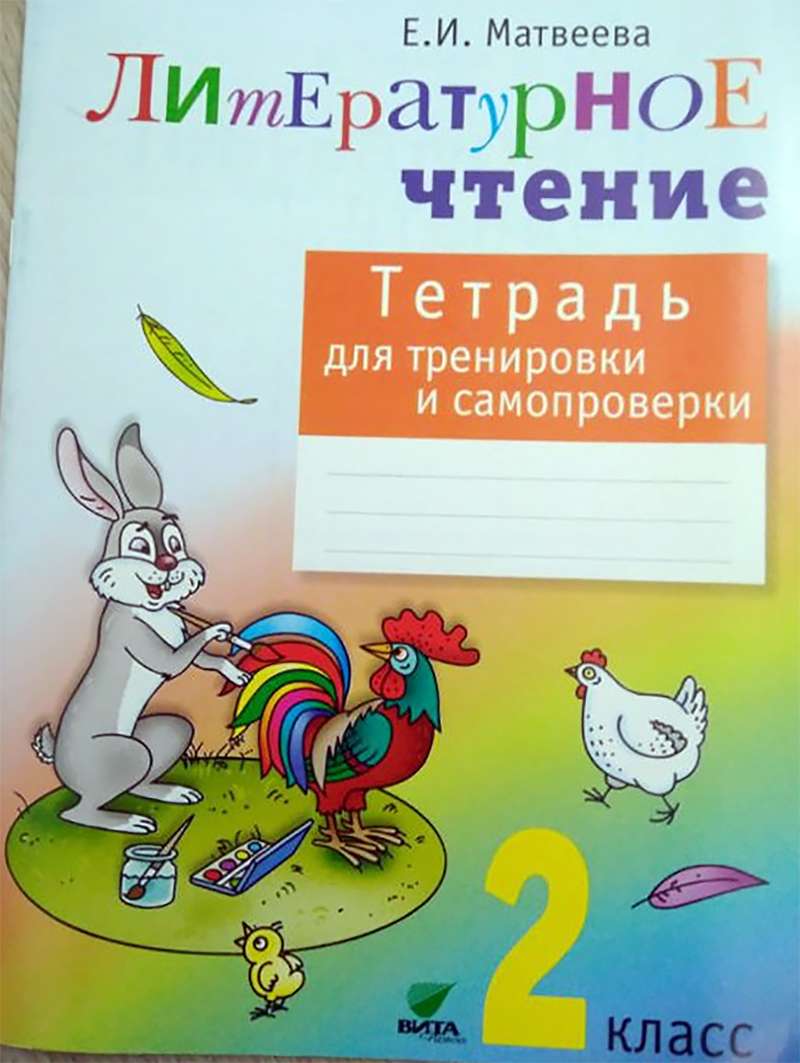
Submit a biography, about the company, services[ru]
Reading Biographies / Famous namesakes / Names / Surnames / Middle name / Name Patronymic name / Horoscopes / Tests / Doing / Main
 |
Charlie Munger: "In my whole life I have never known a wise person who did not read all the time – not one, zero"
Reading (hereinafter — "R."; article in Russian[ru] — "Чтение") is the perception of written speech by its signs, letters[ru] (speaking aloud or to yourself); it is a type of speech activity aimed at the semantic perception of a graphically fixed text. One of the means of language acquisition, communication, exchange of information and ideas. A complex cognitive process of decoding characters, aimed at understanding the text. The purpose of reading is to obtain and process written information. From this point of view, R. (as well as hearing) refers to receptive types of speech activity.
Reading is also — the ability to perceive, understand the information recorded (transmitted) in one way or another, to reproduce technical devices.
The All-Russian Reading Day (Всероссийский день чтения) is celebrated on October 9.
Like all types of speech activity, reading has the following structure:
Pre-orientation is generated or specified the target installation, that is, solve the questions, what, why read. You can read the text with a variety of purposes, for example: to read a book, newspaper, magazine, to find out what they say; to extract basic information from the text; to critically understand, evaluate the information contained in the text and the like. In the process of reading, the target setting may change, for example, intending only to view the magazine, the reader is interested in some article, and he has a desire to study it in detail.
The planning stage of the activities depends not only on the target setting, but also on the amount of text, time allocated to work with the text, and so on. If necessary, a detailed study of the text is planned repeated reading. When R. with the aim of drawing up of the summary made the necessary entries, etc.
At the stage of implementation (execution) of the process of semantic perception of the text. The process of understanding the text consists of a consistent build-up of the meanings of all micro-texts: having comprehended the first micro-text, the reader adds to it the meaning of the second, they interact, changing and complementing each other. Understanding of the text depends on many circumstances: the complexity of its content, structure, style, graphic presentation, etc. So, to understand the scientific[ru] text requires a certain knowledge base, possession of relevant information, experience in the study of scientific texts.
At the stage of control, the analysis of the results of activities is carried out depending on the target setting, on the tasks that were set before reading the text.
In the system of mechanisms of reading can be identified: the mechanism of internal pronouncing (when R. man not only sees the text, but also pronounces it to himself and at the same time as if he hears himself from the outside, resulting in the interaction of the organs of vision and hearing[ru]:

There are different approaches to the allocation of types of readings, they are determined depending on:
With the introductory R. the text is read in its entirety, but at a fast pace. The purpose of such R. is to obtain a General understanding of the range of issues addressed in this text and the ways in which they are addressed. The reader does not want to remember what he has read, as it does not imply to use the information received in the future. Setting the perception of only basic information allows you to neglect the details of the message. When studying reading the reader seeks to fully and accurately understand the information contained in the text. The text is read as a whole, R. is in a fairly slow pace, accompanied by a re-reading of individual sites. In this form of R. the installation acts on a long-term memorization of the text information, for its further use.
From the point of formation of skills R. can be evaluated by the degree of fluency, expressiveness, consciousness. In this case, talk about a fluent, expressive, conscious R. as the individual sides of the formation of the ability to read.
The purpose of reading in school is to teach students rational methods of perception and processing of information contained in texts of different nature depending on the content and communicative tasks. The ability to read involves mastering the technique of R., i.e. the correct voicing of the text recorded in a certain graphic system, and the ability to comprehend what was read. The most significant features of a Mature (good) R. are the following:
High speed and flexibility R. are the basis (basis) of the formation of many other skills necessary for the implementation of the process R. this skills such as the ability to focus on certain issues of content; the ability to anticipate in the process R. what will be said next; the ability to determine the key places of the text; the ability to isolate the main idea of expression; the ability to determine the logic, the structure of statements, etc.Therefore, when learning to read the teacher must clearly understand the communicative task, which will determine the nature of the perception of the text student. Under the communicative task in this case should be understood as the installation on what purpose is carried out R.: where, when, what will be used extracted from the text information. It should take into account the functions that are inherent in reading as a kind of speech activity and which are implemented in the process of indirect communication of the reader with the author of the text.
Three functions of reading are distinguished: cognitive, regulatory and value-orientation.
Cognitive function is realized in the process of obtaining information about the world, people, facts and phenomena of reality.
The regulatory function is aimed at the management of practical activities of students, the development of their experience: to act in accordance with the information received, to improve their life[ru] experience.
The value-orientation function R. is connected with the emotional sphere of human life. In this case, there is an impact on the emotions, feelings of the reader, which leads to the improvement of his personality, increasing his cultural level.
Learning to read, development and improvement of techniques of reading comprehension is the most important task facing the teacher. The ability to read correctly provides the formation of other speech skills, creates a basis for teaching students writing essays and essays, abstracts, abstracts. (Doctor of pedagogical Sciences, Professor, Lyubov Egorovna Tumina; Pedagogical speech. Dictionary-reference. — Moscow: Flinta, Nauka. Edited by T. A. Ladyzhenskaya and A. K. Mikhalskaya. One thousand nine hundred ninety eight)
Reading in a foreign language — is much more difficult to read in the native language; it is determined by the degree of knowledge of the foreign language and learning objectives.
Artistic reading — is a public performance of literary works, a genre of pop art.
Reading from the monitor screen — is a different type of reading by people, different from the principle of reading books and other printed information. The difference is in the movement of the eyes and the perception of the text.
Speed reading — is the ability of fast perception of textual information by using special methods of reading. It is believed that some people can master the ability of speed reading without special training, having mastered the ways of fast reading intuitively.
Reading of the draft law — is an organizational and legal form of consideration of the draft law by the Parliament and a certain stage of its discussion. As a rule, each bill is read three times. In the first reading the issue of transfer of the bill to the profile Commission is resolved. In the second reading there is a detailed discussion of the draft, amendments and additions are made. In the third reading there is a vote for the draft as a whole, only editorial amendments are possible.
Lecturing — to conduct a lecture course in an educational institution. To present, verbally convey to the audience the content of something.
Global reading — (the author method American[ru] neurophysiologist Glenn Doman) — when the child[ru] for a long time regularly perceives visually and audibly written entirely words, phrases, short sentences. At the same time, the child's brain independently processes information and develops a technique for reading any words and texts. This method is taught to special children by doctors[ru] of the Institute of Human Development in the United States (Doman Institute). The child's brain independently accumulates a sufficient amount of information and begins to analyze it, to look for patterns. This was the basis of the global method of teaching reading and, later, writing.
Literary reading (in primary school) — awakening students ' interest in reading and increase their motivation in this direction.
Answers on literary reading — ready homework with answers to questions of the workbook. Reshebnik (ready homework) textbooks and workbooks are designed to test.
Workbook for reading — tasks with questions to which the student should write the correct answers. For example:

Poetic notebook
F.I. Tyutchev ______________________________________ A.A. Fet ___________________________________________ E.A. Baratynsky _____________________________________ A.N. Plescheev _____________________________________ I.A. Bunin _________________________________________ N.A. Nekrasov ______________________________________
F. I. Tyutchev. Still land[ru] sad kind of...
___________________________________________________ ___________________________________________________ F. I. Tyutchev. How unexpected and bright...
___________________________________________________ ___________________________________________________ ___________________________________________________
|
26 Dec 1919 people's Commissars of the RSFSR adopted a decree "About liquidation of illiteracy in the RSFSR" (educational program). According to him, the entire population of Soviet Russia[ru] at the age of 8 to 50 years, who could not read or write, is obliged to learn to read and write in their native language or in Russian (optional). By 1917, only 30% of the total population was literate. One of the main difficulties was to combine work and study among adults. The results of the educational Program were visible by 1940: according to the census of 1939, literacy of persons aged 16 to 50 years was approaching 90 %. By the early 1940s, the illiteracy situation in most parts of the USSR[ru] had ceased to be catastrophic.
On the night of April 24-25, 2015, an international campaign in support of reading "Biblionoch"was held across Russia. "Biblionoch" is an annual action in support of reading as a way of life.
Read more about reading in the literature:
Granik G. G., Bondarenko S. M., kontsevaya L. A. When the book teaches. — Moscow, 1988;
Doblev Lev Petrovich. The semantic structure of the educational text and the problems of its understanding. - M., 1982;
Ippolitova Natalia. Types of reading on the lessons of the Russian language // RES. - 1987. — No. 2;
Ippolitova N.. Learning to read // Methods of teaching the Russian language. - M., 1990;
Text linguistics and instruction in introductory reading in high school. - M., 1987;
Socio-historical approach in the psychology of learning / edited by Michael Cole. - M., 1989;
Folomkina Sophia Kirillovna. Learning to read // Methodology of teaching foreign languages in the secondary school: a textbook for pedagogical institutes / Nadezhda Ivanovna GEZ, Michael V. Lyakhovitsky, Aleksandr Aleksandrovich in size and others — M., 1985;
Okuneva Irina. The phenomenon of "reading" at Proust and Benjamin // experience and sensual in the culture of modernity. Philosophical and anthropological aspects. M., 2004. P. 70-93;
Reitblat, Abram Ilyich. Reading aloud as a cultural tradition // Reitblat AI as Pushkin came out in genius: Historical and sociological essays on the book culture of the Pushkin era. Moscow: NLO, 2001. P. 30-35
Rubakin, Nikolai Aleksandrovich. The book and the reader. M., 1928;
Seliverstova Nina Anatolievna. Reading interests of young people // Knowledge. Understanding. Skill. — 2005. — No. 4. — P. 156-157.